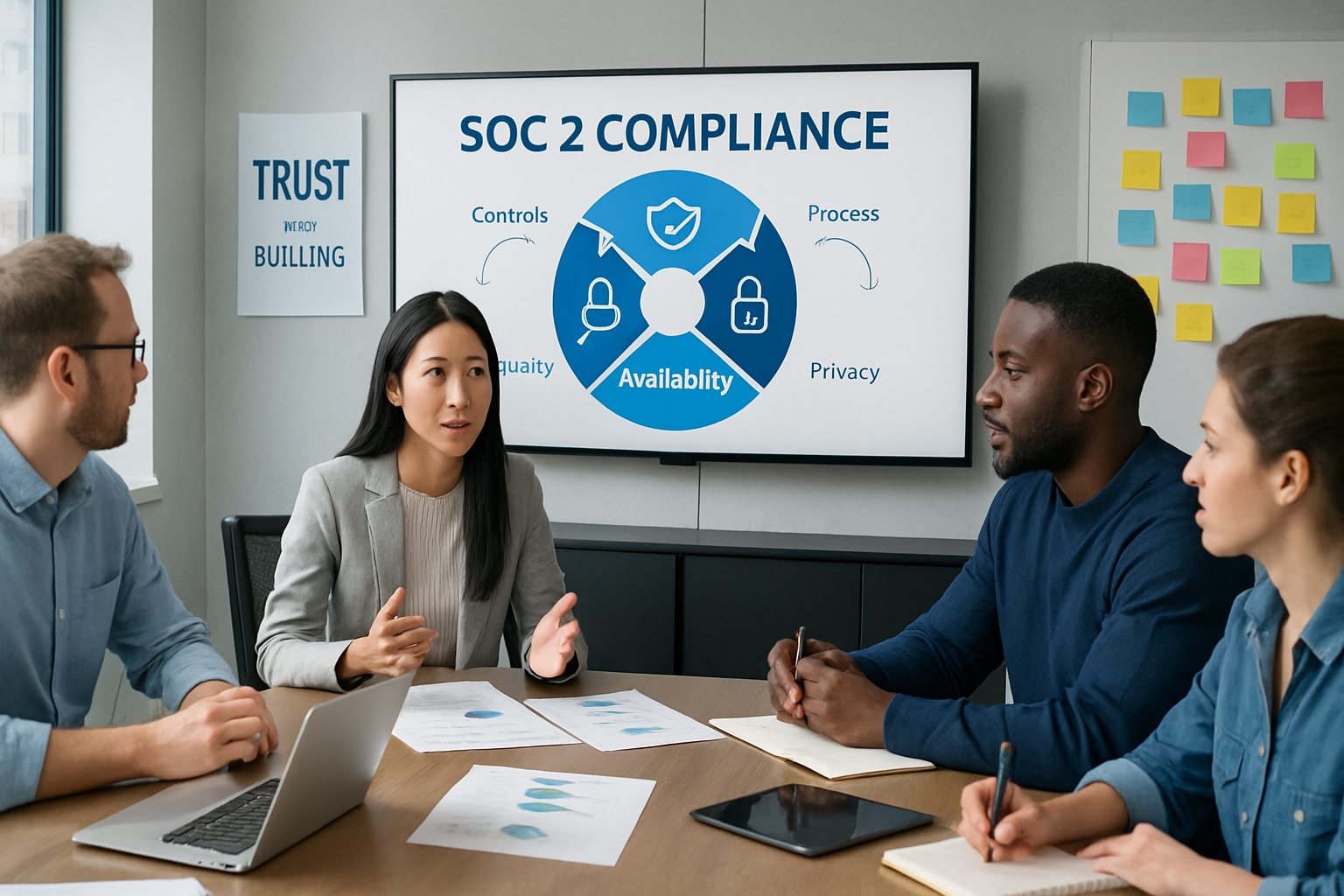Continuous vs. Annual Compliance: Which Strategy Builds More Trust?
As organizations scale in today's digital environment, compliance is no longer a necessary evil to be endured; it is a fundamental pillar of business continuity and stakeholder trust. The question is not if you should comply, but how you approach the process: reactively once a year, or proactively every moment of the day.
The reliance on the traditional annual compliance model, characterized by frantic, manual sprints to prepare for a single audit window, inherently creates risk. This 'point-in-time' approach means that for the majority of the year, security vulnerabilities and control drift can go unnoticed, fostering a culture of anxiety rather than diligence.
Modern, AI-driven solutions like Quantarra shift this paradigm, redefining compliance as an always-on strategic advantage.
The Limitations of the Annual Audit Cycle
For decades, the annual audit was the industry standard, providing a snapshot of compliance that often felt disconnected from the reality of daily operations. While this method satisfied a basic regulatory requirement, it failed to deliver the transparency needed to truly instill confidence in customers and partners.
The inherent weaknesses of relying solely on periodic checks are severe:
- Audit Fatigue and Operational Disruption: Teams are pulled from strategic work for weeks to manually gather evidence, leading to burnout and decreased velocity.
- Delayed Risk Detection: Non-compliant configurations or control failures that occur immediately after an audit remain invisible, exposing the organization to risk for 364 days.
- High Cost of Remediation: Issues are discovered when they have become systemic problems, leading to costly, rushed fixes rather than inexpensive, incremental corrections.
The Strategic Shift to Continuous Compliance
Continuous compliance monitoring represents a paradigm shift from a reactive checklist to a proactive, integrated system of governance. It treats compliance as an engineering discipline, embedding control checks into daily operations to provide real-time assurance.
This model leverages automation to keep regulatory requirements like ISO 27001 and SOC 2 compliance perpetually in view, transforming the audit from a chaotic sprint into a simple validation of an already-proven system. The result is a demonstrable commitment to security that directly translates into commercial success.
The ongoing nature of this approach is what builds foundational trust:
- Real-Time Assurance (24/7): Stakeholders—from customers to the Board—know that your control environment is being monitored constantly, providing immediate visibility into your security posture.
- Proactive Risk Mitigation: Deviations from policy are flagged and remediated in minutes or hours, not months, drastically reducing exposure to fines, penalties, and reputational damage.
- Enhanced Audit Readiness: Evidence is collected, hash-sealed, and organized automatically, making the final audit a smooth, low-stress review process, demonstrating true organizational maturity.
Technology: The Engine of GRC Trust
Moving to a continuous model is unfeasible without advanced technology. The foundational layer for this transformation is a modern governance risk and compliance software platform, which centralizes all risk data, control mapping, and evidence collection.
This technology eliminates the manual grunt work, allowing GRC professionals to focus on strategic risk management and analysis rather than administrative tasks. It provides a unified, accurate source of truth for all required frameworks, from HIPAA in healthcare to PCI DSS for payment processing.
Choosing the right automated compliance platform is critical to success. A robust solution should serve as sophisticated internal audit software that integrates seamlessly with your existing tech stack:
- Automated Evidence Collection: The platform should auto-collect evidence from 350+ systems (e.g., AWS, GitHub, HRIS), eliminating the need for screenshots and spreadsheets.
- Framework Cross-Mapping: Controls mapped for one standard (e.g., a specific access control) are automatically applied to all relevant frameworks simultaneously, accelerating multi-standard certification.
- Continuous Control Testing: Automated tests should run regularly to ensure controls are operating effectively, providing a live dashboard of compliance health rather than a historical snapshot.
Compliance as a Strategic Asset
In a volatile market, trust is currency. When a prospect asks about your security posture, providing a recent, clean SOC 2 compliance report—backed by 365 days of continuous compliance monitoring—is a powerful competitive differentiator. It signals maturity, resilience, and a non-negotiable commitment to data security.
This proactive stance not only streamlines audits but fundamentally changes business operations, allowing engineering and security teams to operate with greater confidence and speed. Compliance becomes a driver of efficiency, not a bottleneck to growth. The ultimate measure of success is when compliance ceases to be a cost center and transforms into the assurance engine that helps win enterprise contracts.


